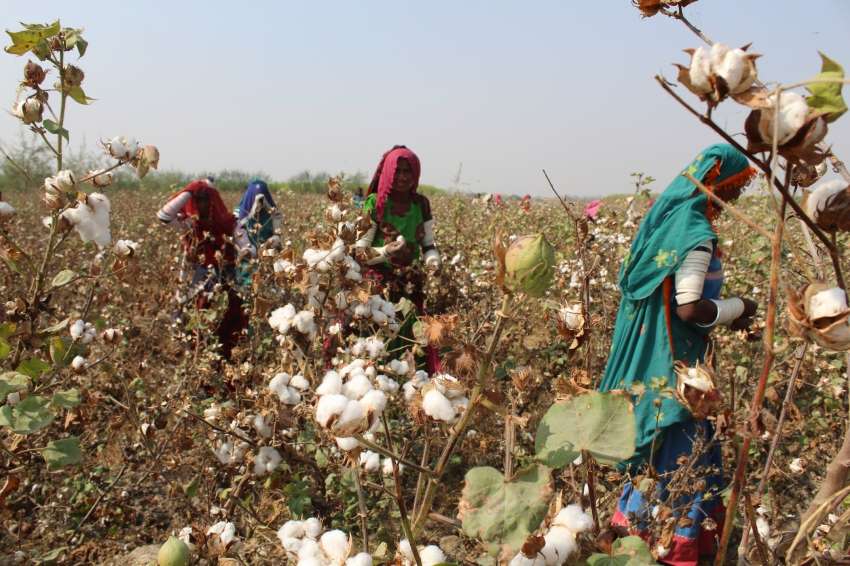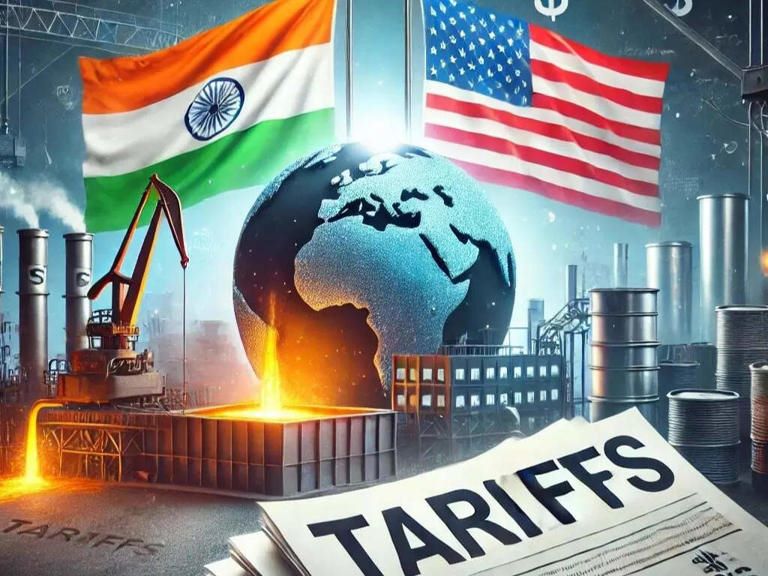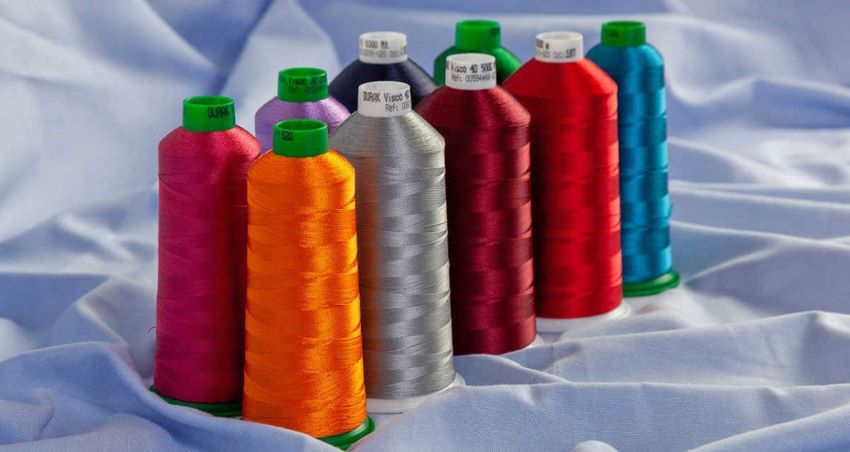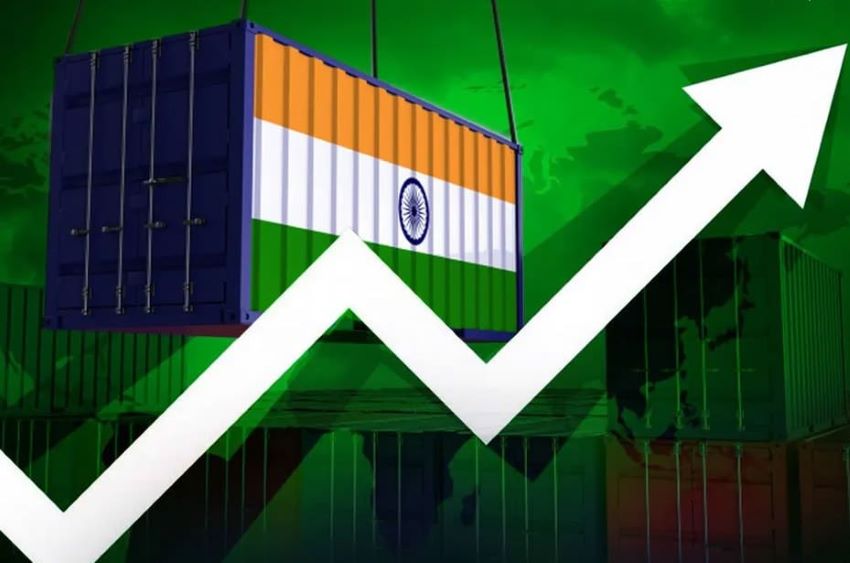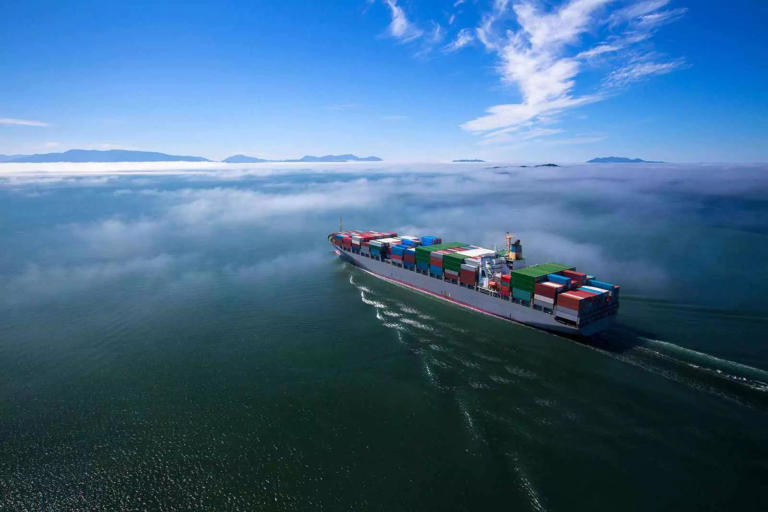
Defying global slowdown, the textile and apparel manufacturing sector has been growing at a steady rate. The sector has emerged as one of the most well-established industries across nations. The top 10 highly prospective apparel exporters in 2022 according to Textile Today were:
China: Despite rising conflicts with the US and other Western countries, China still remains top apparel sourcing destination for the world. In 2020, global imports from China increased 31.6 per cent. Despite garments and accessories’ exports declining 8.6 per cent to $137.4 billion in 2021, China’s national apparel retail market has slowly recovered and reached a positive year-on-year growth. Published data by China’s Ministry of Industry and Information Technology (MIIT) shows, the combined operating revenue from China’s apparel exports grew 7.7 per cent year-over-year from January-November 2021 to $209.48 billion.
Bangladesh: The second-largest apparel exporting country in the world, exported 30.30 per cent more RMG products during the July-January 2021-22 period, as per Export Promotion Bureau (EPB). The country’s RMG exports totaled $23.99 billion during these six months. Knitwear dominated Bangladesh’s RMG exports and grew 32.89 per cent to $13.27 billion during this period. Export of woven items grew 27.23 per cent to $10.71 billion. In January 2021, Bangladesh’s RMG exports reached its highest ever single month growth of 42.71 per cent to $4.08 billion. Both knitwear and woven sectors grew over 40 per cent year-over-year. The results reflect efforts and diligence of Bangladesh’s apparel entrepreneurs and workers. It also reinforces the confidence of the global brands in the country.
Vietnam: Data from the General Statistics Office shows, hit by the pandemic, Vietnam’s apparel export earnings dropped to $32.75 billion in 2021. The country mainly exported RMG and textile products in 2020 as it lessened dependence on agriculture. The country offers cheap labor compared to competitors China and Mexico. On the other hand, Vietnam’s garment exports depend on imports of cotton, fiber, yarn and textiles as it does not have adequate local supply. This threatens the country’s clothing manufacturing industry. Vietnam’s government is emphasizing on the development of raw material supply chain for the textile, garment, leather, and footwear industries.
Turkey: The value of Turkey’s RMG exports grew to $13.36 billion in 2021 from $10.63 billion in 2020, says Turkish Statistical Institute and the country’s Ministry of Trade. Mustafa Gültepe, Head, Istanbul Apparel Exporters’ Association (IHKIB) affirms, the value of Turkey’s RMG exports is likely to surge to $20 billion in 2021 as European countries step up imports. However, with a surge, Turkey’s textile industry is being increasingly pressurized by price, value addition, and quality issues. The country has a wide range of manufacturing skills including those required for producing basic garments.
Mexico: From January-October 2021, Mexico’s exports of apparel and clothing accessories declined to $2.30 billion from $3.32 billion in 2020. The country’s strict rules of origin help limit the use of non-US-Mexico-Canada Agreement (USMCA) inputs. The agreement not only encourages US investment in Mexico’s garment industry but also allows Mexico tariff-free exports to the US market.
Morocco: Apparel constitutes a major percentage of Morocco’s industrial exports. In 2019, Morocco exported apparel worth $3.6 billion. The Moroccan government has launched expansion plans to boost the sector by 2025. It has also launched a capacity-building program for the fast fashion, knitwear and denim sectors over the next few years,
Egypt: Having boosted marketing services by introducing e-marketing tools for RMG exporters, Egypt has boosted its RMG exports 41 per cent in 2021 to $2.49 billion. The country has a medium-sized textile and garment industry with the EU and the US-listed as its major export markets.
El Salvador: RMG products worth $1.5 billion were exported in the 2019 calendar year. Its RMG exports constituted 30.6 per cent of total exports with main focus on efficiencies in cut, make and trim. Having shifted focus on high-end apparel products such like athleisure El Salvador mainly manufactures synthetic fibers and fabrics The country imports high-tech machinery for the production of both fabrics and cut-and-sewn.
Peru: Known for its strong locally grown quality cotton, Peru has shown rapid advancement in production of textiles and clothing. Peruvian fibers are known for their highest combined production process. Peru also offers tariffs benefit, lead time and its vertical integration to source materials.
Thailand: An expert in fabric, sportswear, casualwear, kidswear and womenswear manufacturing, Thailand exported seven million clothing pieces for boys and men by January 2021. One of the few countries having all features from production, design and sale to home textiles, Thailand also boasts of eco-friendly finishing, dyeing, and printing services that meet global standards. The country faces raw material shortages and other challenges that prevent it from maintaining its competitiveness in the global market.


